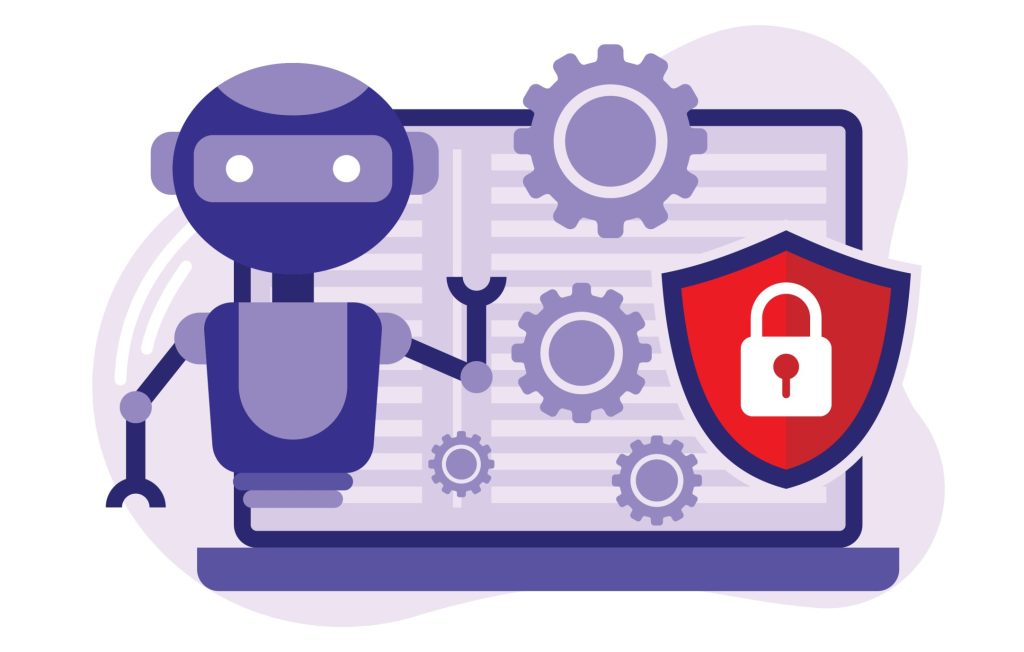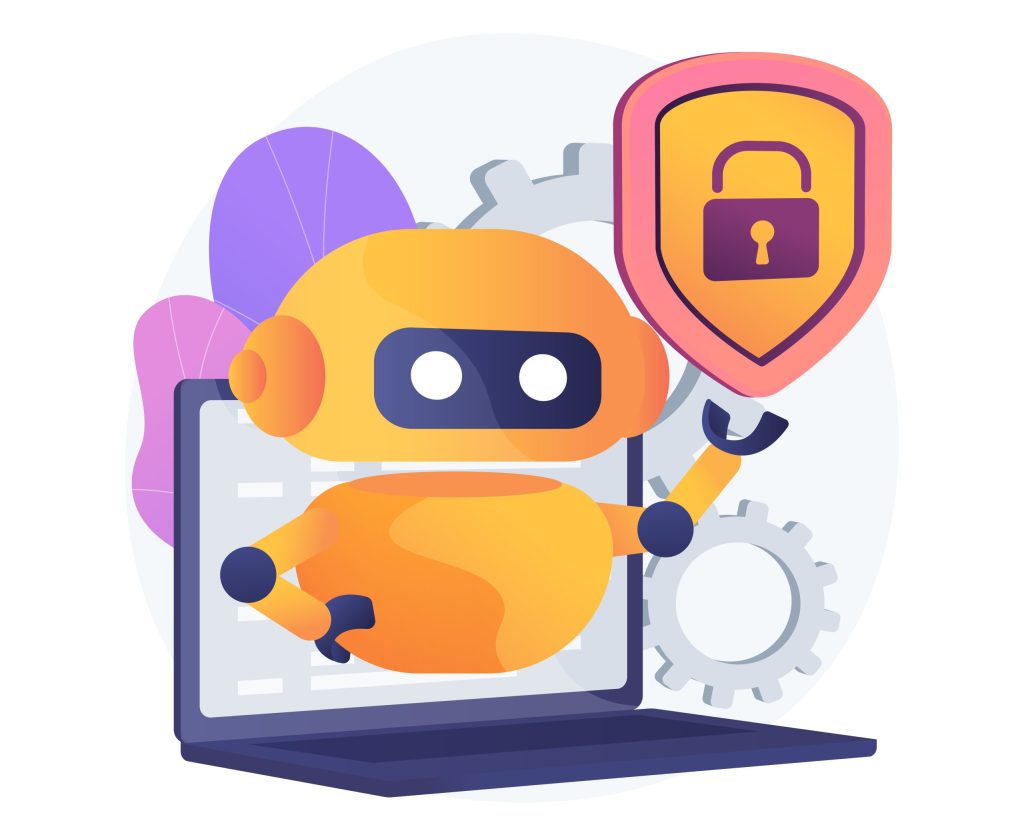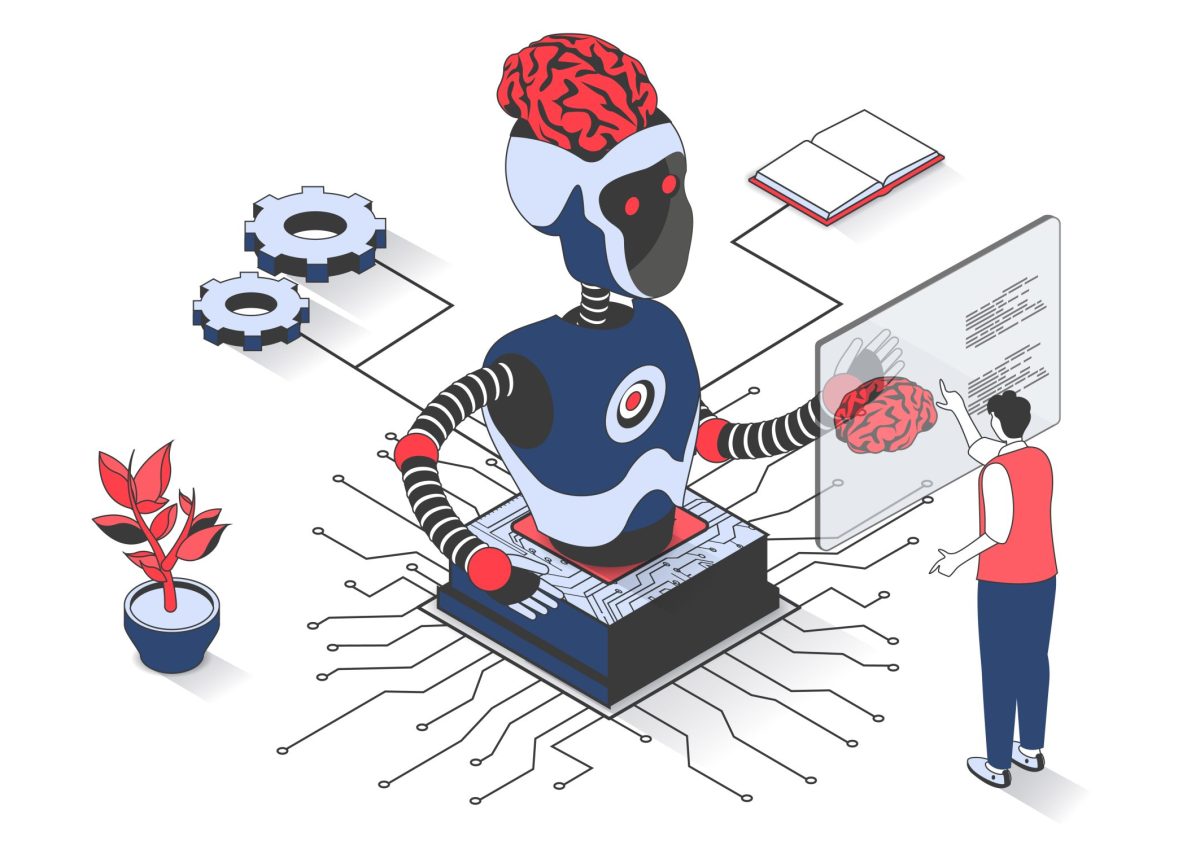Safety management is a critical component of any organisation’s operations, particularly in sectors such as manufacturing, construction, logistics, and healthcare. As safety regulations grow more stringent and operational risks become more complex, businesses are increasingly turning to artificial intelligence (AI) to improve workplace safety. AI for Enhanced Safety Management is not only revolutionising the way hazards are identified and addressed but also enabling real-time prevention of incidents before they occur. In this blog, we explore what AI for Enhanced Safety Management means, ten specific use cases, the risks of not implementing it, and how Stratpilot empowers organisations to adopt smarter, safer operations.
By – Vamsi Bhumireddy (CTO)
What is AI for Enhanced Safety Management?
AI for Enhanced Safety Management refers to the integration of artificial intelligence technologies to monitor, analyse, and manage workplace safety more effectively. This includes leveraging machine learning, computer vision, predictive analytics, and natural language processing to detect hazards, monitor compliance, and provide actionable insights.
AI can process large volumes of data from sensors, surveillance systems, employee reports, and historical incidents to proactively identify safety risks. It helps organisations move from a reactive to a predictive approach, where hazards are addressed before they lead to accidents. AI-driven tools provide continuous, data-informed oversight that manual processes often cannot match.
10 Best Use Cases of AI for Enhanced Safety Management
1. Real-Time Hazard Detection via Computer Vision
AI-powered computer vision systems can monitor live video feeds from surveillance cameras to detect unsafe behaviors, unauthorised access, or potential hazards like spills or obstructions. These systems provide real-time alerts to safety teams, allowing for immediate intervention and risk mitigation.
2. Predictive Maintenance of Safety Equipment
AI can analyse data from sensors embedded in machinery and safety equipment to predict failures before they occur. This ensures that safety-critical systems such as fire suppression equipment or ventilation units are always operational, reducing the risk of equipment-related incidents.
3. Wearable Tech for Employee Monitoring
Smart wearables powered by AI monitor employee vitals, movements, and environmental conditions. If an employee enters a hazardous zone or experiences unusual health patterns, the system sends alerts, enabling rapid response and incident prevention.
4. AI-Driven Risk Assessment Models
Using historical data, AI can identify patterns that lead to accidents or violations. These models help safety teams conduct more accurate risk assessments, prioritise high-risk areas, and allocate resources effectively.
5. Voice-Activated Safety Reporting Tools
Natural language processing allows employees to report safety concerns via voice commands using mobile devices or headsets. AI organises and prioritises these reports, ensuring quicker response times and reducing the chances of missed or ignored issues.
 6. Virtual Safety Training with AI Feedback
6. Virtual Safety Training with AI Feedback
AI enhances training modules by simulating real-life hazard scenarios in virtual environments. It evaluates employee responses and provides personalised feedback, increasing the effectiveness of safety training programs.
7. Fatigue and Stress Detection
AI algorithms analyse employee data to detect signs of fatigue, stress, or burnout, factors that significantly increase the risk of accidents. Real-time monitoring allows supervisors to adjust schedules or provide support when necessary.
8. Environmental Monitoring and Alerts
AI collects data from Iot devices that monitor temperature, humidity, gas leaks, and other environmental factors. If thresholds are exceeded, automated alerts are sent to safety officers for immediate action.
9. Compliance Monitoring and Documentation
AI systems track compliance with safety protocols in real time. Whether it’s checking if workers are wearing PPE or logging safety drill participation, AI ensures documentation is accurate and accessible during audits.
10. Incident Root Cause Analysis
When an incident occurs, AI tools assist in identifying root causes by analysing data from multiple sources. This shortens investigation time and helps implement preventive strategies to avoid future occurrences.
 The Risk of Ignoring AI in Safety Management
The Risk of Ignoring AI in Safety Management
Organisations that fail to adopt AI for Enhanced Safety Management face several critical challenges:
1. Delayed Hazard Detection
Traditional safety systems often rely on human reporting and manual inspections. Without AI, hazards may go unnoticed until they cause harm or damage, increasing liability and operational disruptions.
2. Inaccurate Risk Assessments
Without AI’s data-driven insights, risk assessments can be flawed, relying on outdated or incomplete information. This leads to misallocated resources and overlooks vulnerabilities.
3. Reactive Rather Than Proactive Approach
Manual systems usually react after an incident occurs. In contrast, AI offers predictive capabilities that prevent incidents before they happen. Organisations without AI risk falling behind in implementing proactive safety measures.
4. Regulatory Non-Compliance
With evolving safety regulations, manual compliance tracking becomes error-prone. Companies not using AI may face penalties, failed audits, and reputational damage due to missed compliance documentation or protocol breaches.
5. Increased Operational Downtime and Costs
Unanticipated equipment failures or workforce injuries can halt operations. AI helps prevent such disruptions through predictive maintenance and real-time monitoring. Businesses without AI may experience more frequent downtime and higher costs.
How Stratpilot Enhances Workplace Safety
Stratpilot, an AI-powered productivity and safety companion, is designed to help businesses integrate AI for Enhanced Safety Management into their operations seamlessly. It offers intelligent templates and real-time insights tailored to industry-specific safety workflows.
With Stratpilot, teams can automate safety reporting, run predictive risk analyses, and receive AI-generated recommendations for hazard prevention. Its intuitive interface allows managers to assess safety KPIS, track compliance, and respond to risks with data-backed confidence. Whether you’re managing on-site safety, conducting inspections, or optimising emergency response protocols, Stratpilot empowers your team with tools that streamline safety processes and reduce human error.
Elevate your safety standards with Stratpilot. Sign up today and experience how AI-driven tools can transform your approach to risk management, compliance, and workplace safety. Don’t wait for the next incident; prevent it with Stratpilot’s intelligent safety management capabilities.
Frequently Asked Questions (FAQS)
Q1: How does AI help reduce workplace accidents?
AI identifies hazards in real time and predicts potential risks based on historical data, allowing safety teams to intervene before accidents occur. This predictive capability reduces the chances of injuries and operational disruptions.
Q2: Can AI be used in high-risk industries like manufacturing or construction?
Yes, AI is especially valuable in high-risk environments. It helps monitor machinery, detect unsafe practices, manage PPE compliance, and ensure environmental safety in real time.
Q3: What kind of data is needed for AI to function in safety management?
AI systems typically require data from sensors, wearables, incident reports, training records, and video surveillance to build accurate predictive models and provide actionable insights.
Q4: How expensive is it to implement AI in safety management?
The cost varies based on the scale and complexity of the organization. However, AI solutions like Stratpilot offer scalable options that deliver strong ROI by reducing accidents, downtime, and compliance violations.





